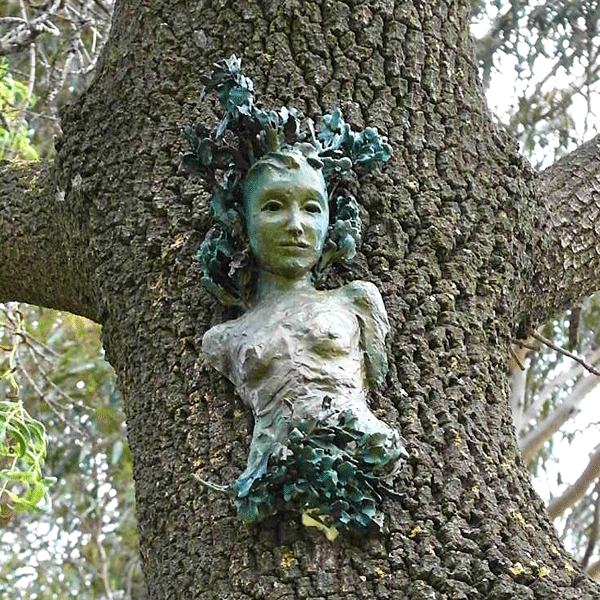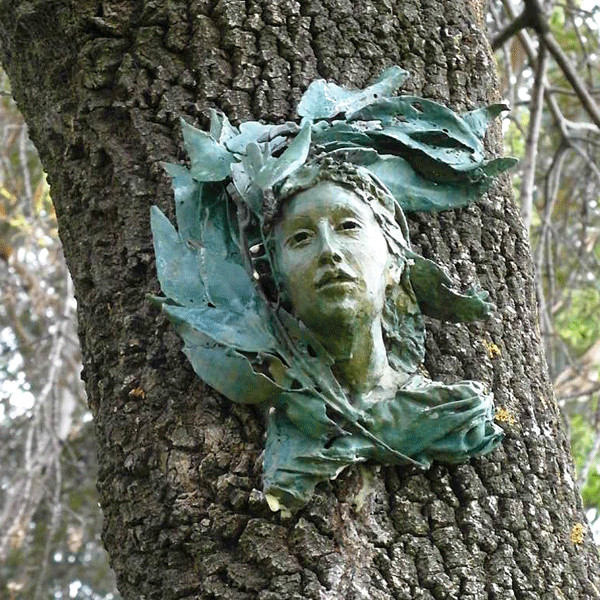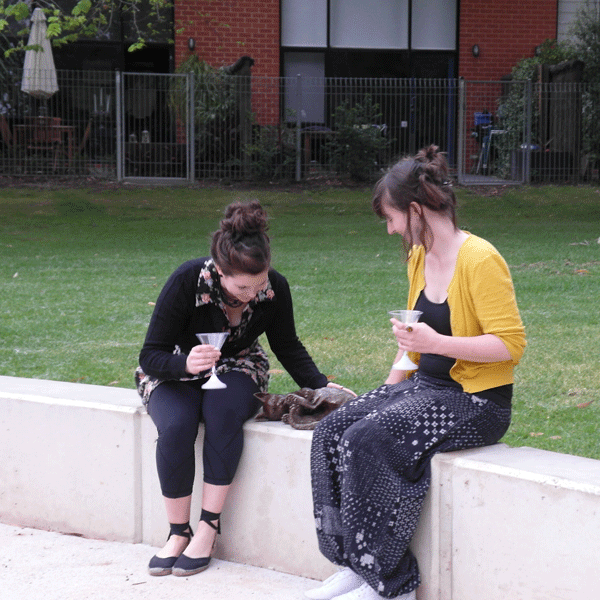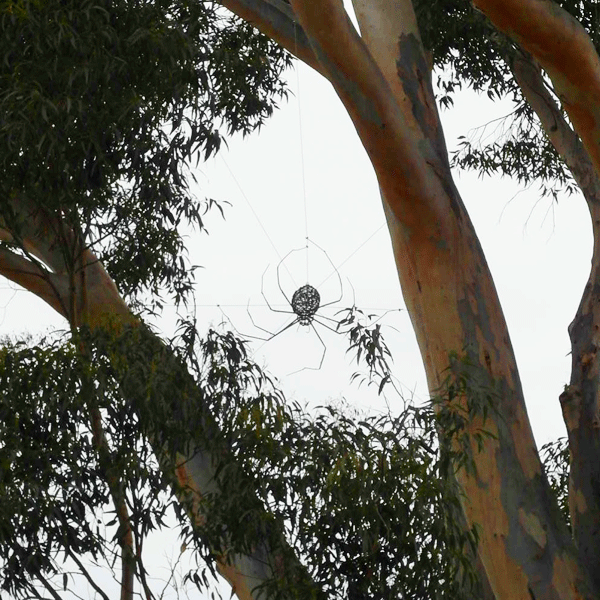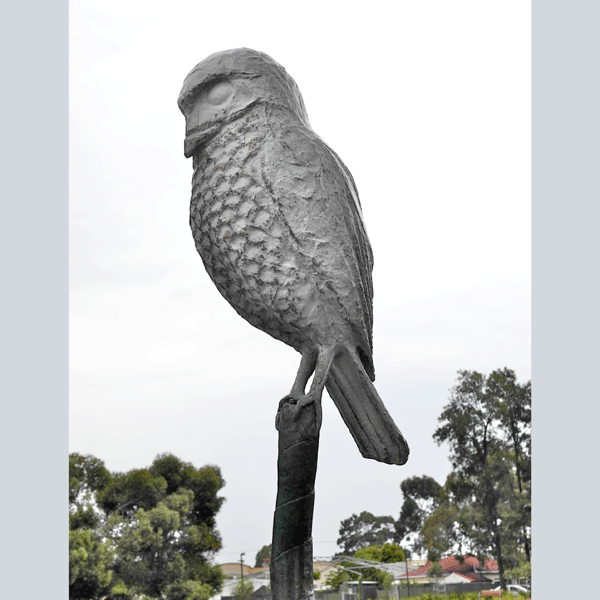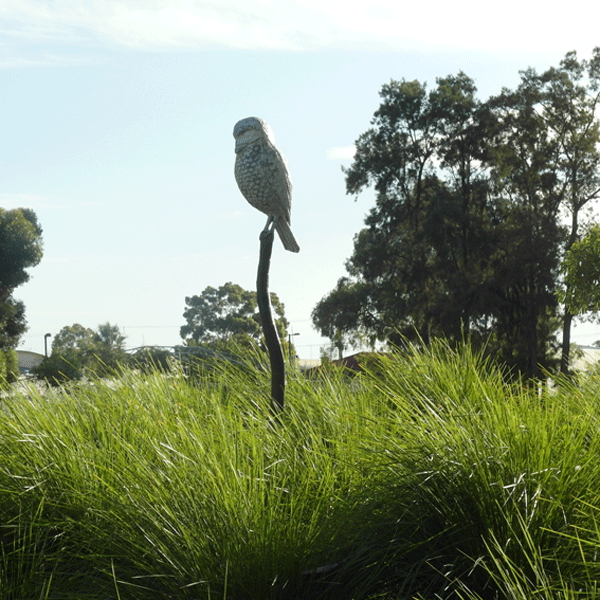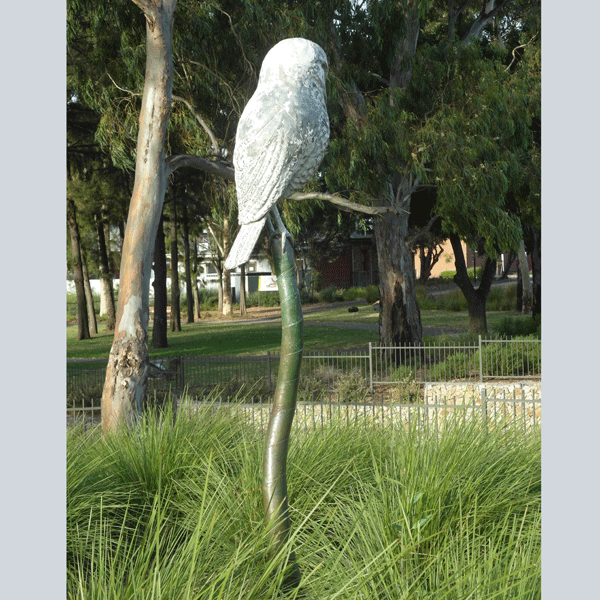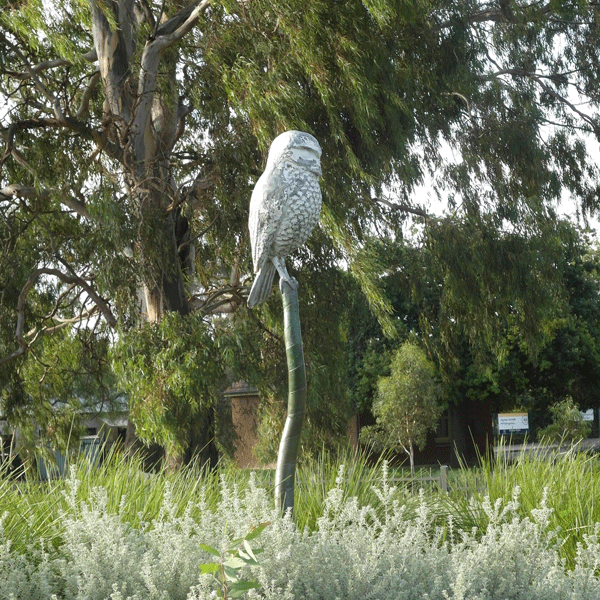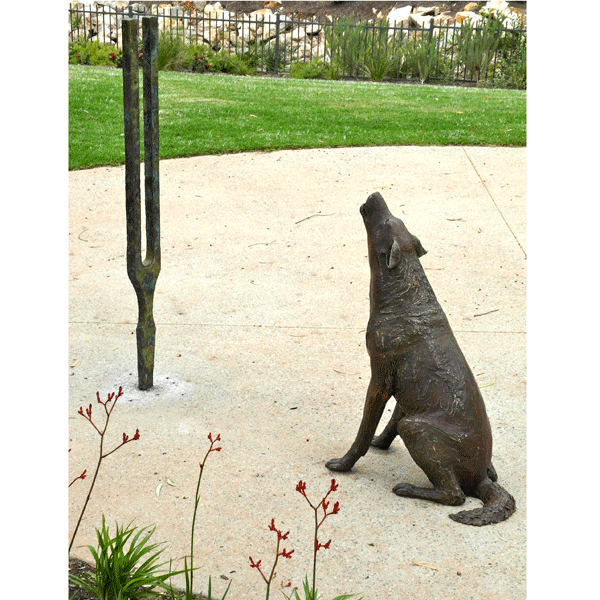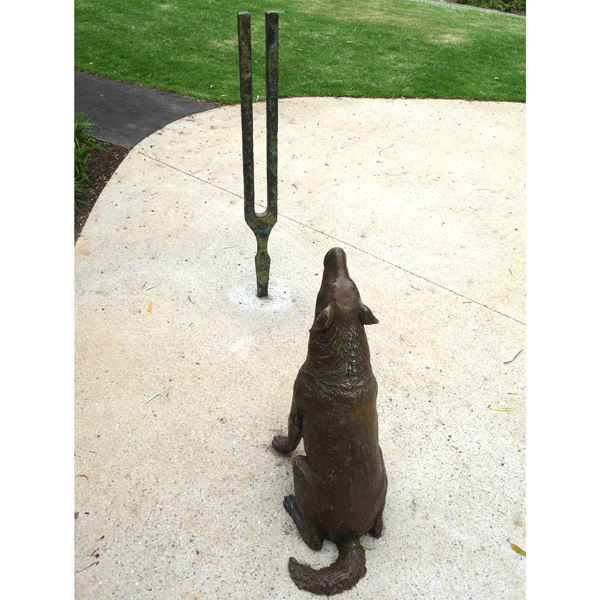Matlilda's Playground
A major series of large sculptural elements create an interpretive dialogue in a park which has a significant history and cultural heritage. Eight Sculptures include tableaus of figures, abstracted elements, and oversized creatures.
European settlement by German speaking people saw this district of Stepney subdivided for horticulture as early as 1843. Settlement followed the course of Second Creek. In its early years Stepney village attracted a predominantly German community, many highly educated professionals, wealthy merchants and businessmen. The settlement soon comprised many essential trades; cabinet makers, saddlers, cobblers, coach-builders, winemakers, a distiller, a coppersmith, an instrument maker, a printer, cheese-maker, tailor, milliner, a dance master and gym teacher, a music teacher, a botanist and anthropologist, a jeweler and goldsmith. They established every kind of small trade and shop as well as two schools, and a hospital.
Matilda's playground is named for Matilda Piper (1826-1905) who ran a private school here for over half a century, educating the children of the local gentry. Adelaide Artist, Hans Heyson was one of her pupils. The playground area in the park embraces the German cultural theme of fantasy and creative play. One of Will's signature series of Howling Wolves recognises the old world of German folklore. It is presented in the artist's original configuration, with a large Tuning fork. The Tuning fork is an acknowledgement of the first music school in South Australia. The folkloric theme continues with a curled cat, one of the introduced domestic species that came with the settlers; a giant spider, designed for the site and suspended high in a tree over the children’s playground; and finally, and more discrete, Tree Spirits embedded in a nearby tree.
The Owlpole in the nearby gardens reflects the shared cultural symbols of Pre-European and European cultures. It is an oversized tawny frogmouth, a ghostly white on a curved totemic pole. The bronze Waterbirds in the redeveloped creek-bed represent the riverine environment of the rich and fertile Adelaide plains.
The German Heritage Commemorative Sculpture completes the viewers dialogue with the history and culture of the area.
Historical and cultural information referenced here have been kindly provided by Historian Denise Schumann.
